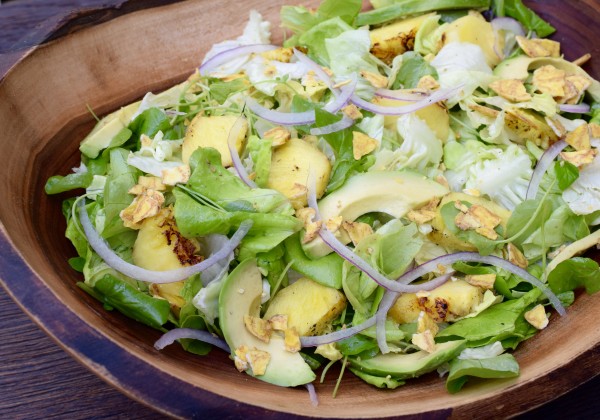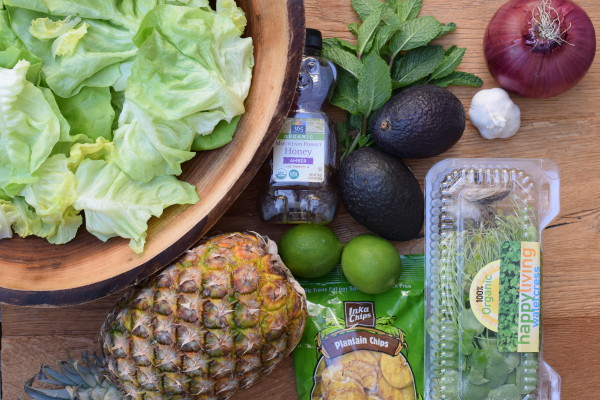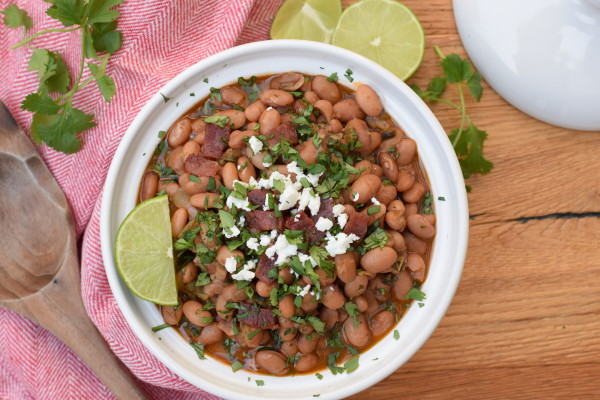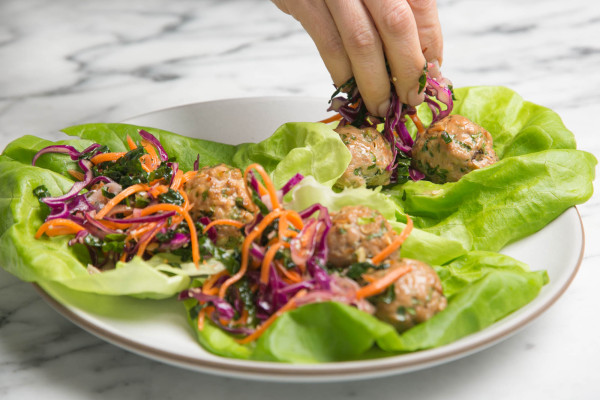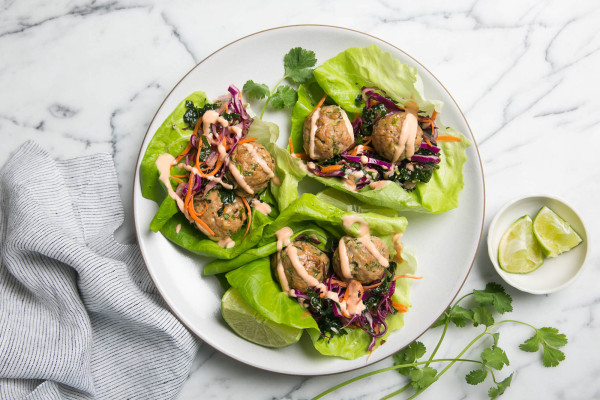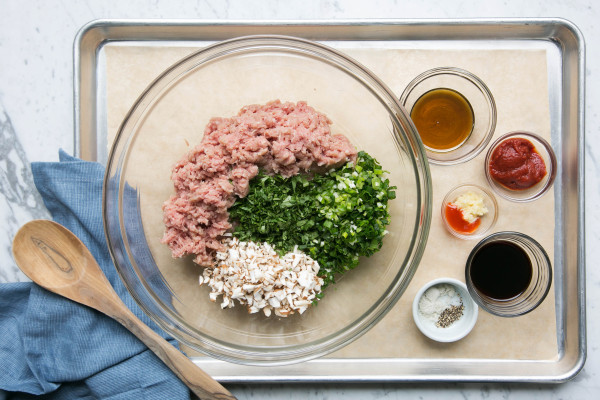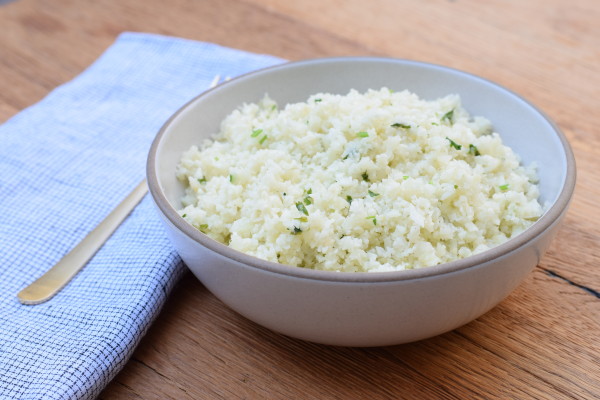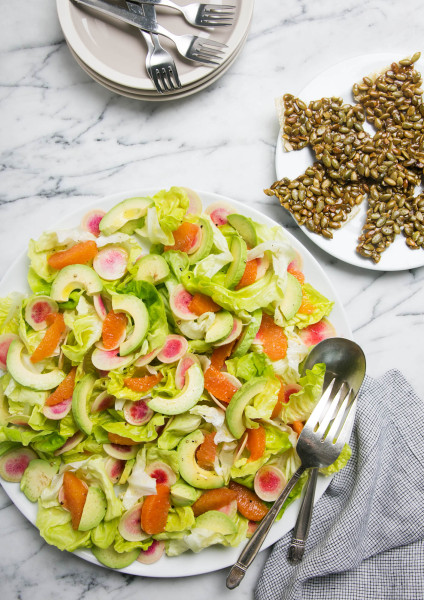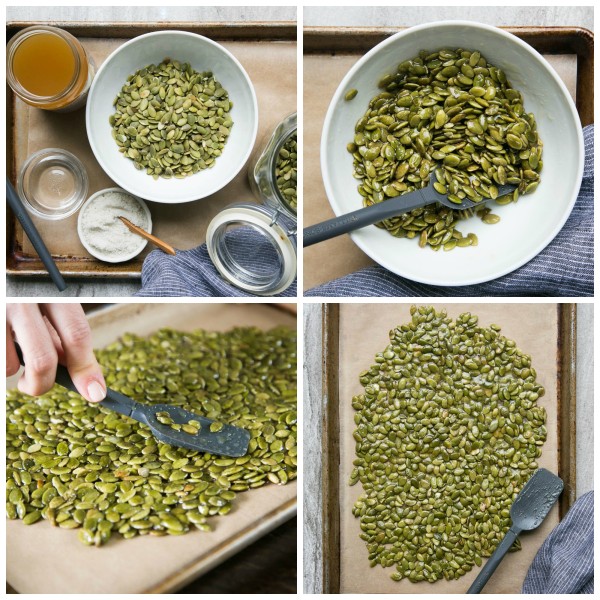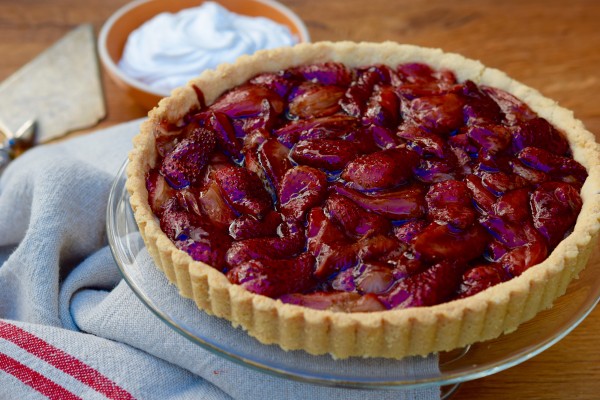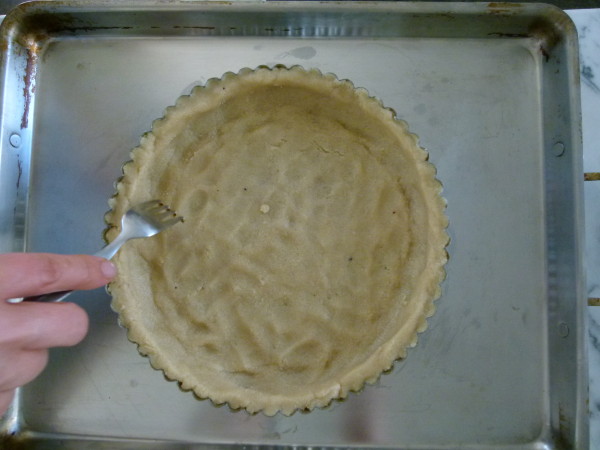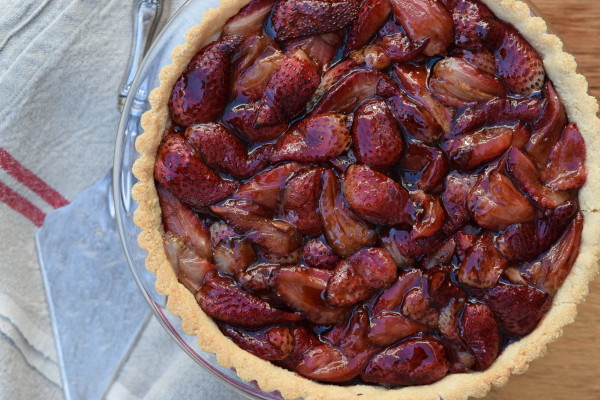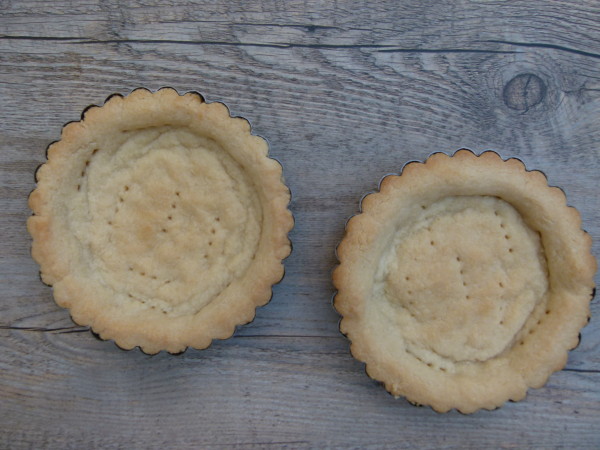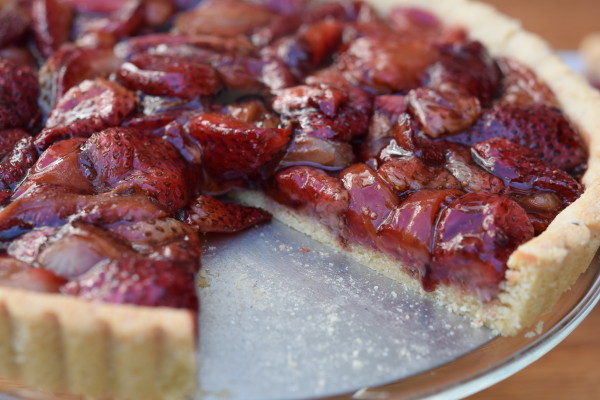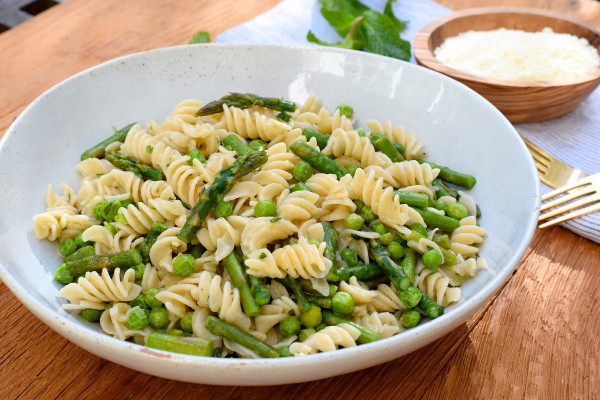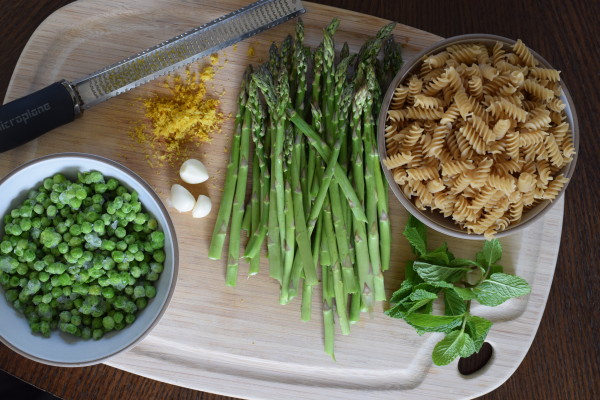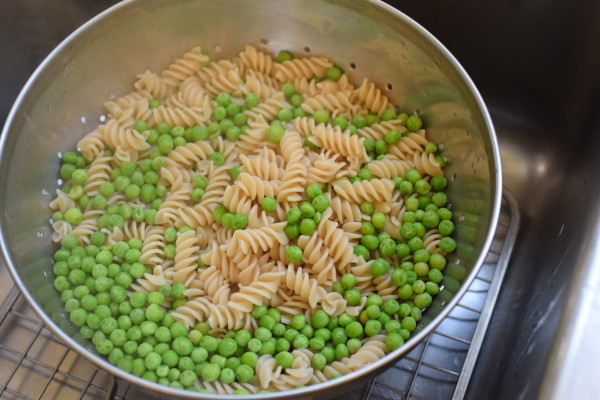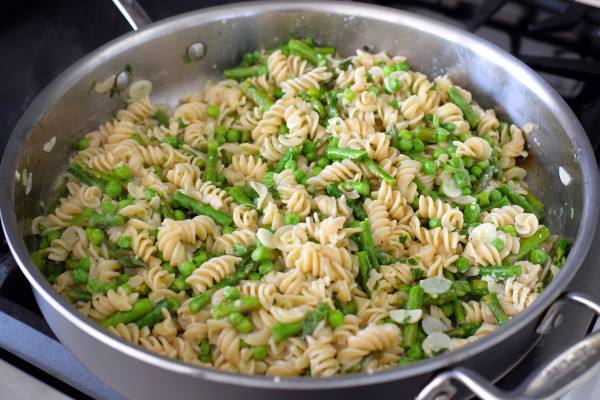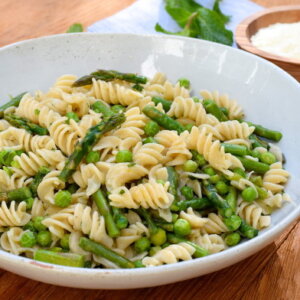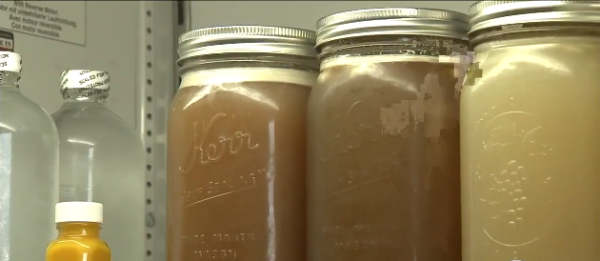
My readers and my students are very in the know when it comes to food trends, especially the healthy ones. So I’m sure you have all heard about bone broth and how it’s taking over the world. It’s the newest thing! It’s revolutionary! So funny. Bone broth is no trend, but in fact something that has been consumed for generations. But low and behold some trendy bone broth restaurants open up in the hottest neighborhoods of NYC and suddenly everyone wants in. I actually saw an acupuncturist over 20 years ago that sent me home with a prescription for homemade long-simmered beef broth. She said that was the secret all of the celebrities that she treated were using to stay looking so young.
So even though it’s trending, people are still confused about what exactly bone broth is. Very simply, it is a stock made from bones (chicken, beef, pork, lamb or a combo) which have been simmered for a really long period of time. Think 18-36 hours! In this longer time frame, the bones really break down and start to disintegrate into the broth, thereby providing even more health benefits, i.e. collagen, immune-boosting compounds, and gut-healing gelatin.
So how does one even go about making this miracle liquid?? Well, you start with bones as opposed to meaty pieces. So you’re not using a whole 4 pound chicken here. You would use 4 pounds of bony chicken parts, and the bonier and “jointier,” the better. I personally prefer chicken, but you can use any combination of chicken, beef, pork, etc. The chicken bones I prefer to use are the feet, backs and wings — lots of collagen there! I buy these from the butcher at Whole Foods or from the chicken rancher at my local farmers market.
If you are using beef bones you will first need to roast them in the oven. However, with chicken the bones are ready to go straight into the pot- or slow cooker- and cover with water. I am sharing how to do this in the slow cooker is because I don’t really think it is realistic for anyone to be able to leave a simmering pot on their stove for 36 hours. The slow cooker solves this problem and can just simmer away safely while you carry on with your life.
As those bone are being simmered, they are being broken down and all of the minerals including collagen and glucosamine that are sold as (very expensive!) supplements. This leaves us with a broth that is full of immune-boosting, healing, pain healing, anti-inflammatory goodness that is easily absorbed and accessible to our bodies.
You can use bone broth in any recipe that calls for stock or broth. But it is also wonderful to consume bone broth as you would coffee or tea- in a mug which you can sip slowly. I’ve been to some places which offer flavorings such as turmeric, cayenne, ginger and scallions to make your broth taste more interesting.
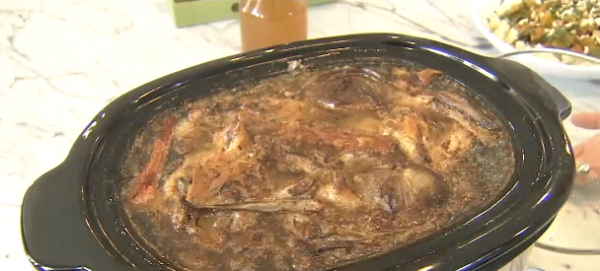
Here are the basics for making a bone broth:
-Use BONES. Not meaty pieces like breasts or thighs. For chicken that would mean the super bony parts such as the carcass, necks, backs, wings and even feet if you can get your hands on them. If there is skin on those pieces, that’s fine. Such chicken parts can be purchased at Whole Foods or your local butcher. Or, if you can, try and keep the carcass from after you roast a whole chicken or the bones from your chicken legs, wings etc. You can stockpile your bones and carcasses in the freezer and then when you are ready to make stock you can put them directly in, no need to defrost.
I add a few vegetables, as I think it makes the broth tastes more delicious. An onion, 2 carrots and 2 stalks of celery is my norm, but you don’t have to add any vegetables if you don’t want to.
-Use COLD water to start- This helps to draw the most flavor from the bones.
-Use apple cider vinegar in your stock. This helps to pull maximum minerals from the bones.
-Simmer for AT LEAST 18 hours. If you are really going for it, 36 hours will make the most golden, delicious and rich broth.
Bone broth lasts for up to 4-5 days in your refrigerator or up to 3 months in the freezer. Check out this post for how to properly freeze broth, especially if you would like to freeze in glass.
I recently did a tv segment with Lori Corbin, KABC’s Food Coach, about bone broth. You can watch below. The only correction that should be made is that Lori says to cool, skim fat, strain and enjoy. Instead, you should strain, cool and then skim the fat once it has solidified after being refrigerated.
Homemade Bone Broth
Pamela
- 3 ½ pounds bony chicken parts such as backs, necks, wings and/or feet
- approximately 5 quarts cold water*
- 1 Tablespoon apple cider vinegar**
- 1 large onion peeled and cut in half
- 2 carrots cut if necessary (you can leave the peel on, just make sure they are scrubbed clean)
- 2 celery stalks cut if necessary (try to use the leafy parts of celery, as they add lots of flavor)
Place the chicken parts and vegetables in a slow cooker and add the cold water and vinegar. Cover with the lid.
Set the timer to low for as long as your slow cooker will go, but a minimum of 18 hours.
Check periodically to skim off any foam that rises to the surface and continue cooking for 18-36 hours, resetting your slow cooker if the maximum time is less than 36 hours.
Turn off the heat and strain into a large heat-proof bowl. You may need to use a large strainer initially and re-strain it with a fine mesh sieve to remove any smaller particles. Allow to cool before refrigerating.
Refrigerate, covered.
The next day, skim off the congealed fat at the top.
Refrigerate the stock for up to 5 days or freeze for up to 3 months.
If I consume bone broth as a drink, I'll add a pinch of sea salt for flavor, but other options include ginger, green onions, hot sauce, even turmeric!
Notes: for a beef bone broth, take 3 ½ pounds of mixed beef bones, such as knuckles, short ribs, femur, short ribs and neck bones. Drizzle with a little olive oil and roast at 400 degrees for about an hour, turning once, until the meat and bones are golden brown. Proceed with recipe as indicated above, but cook in slow cooker for at least 24 hours. You can also mix chicken, beef and pork bones together.
If you don't have a slow cooker and want to do this on the stove, bring to a boil over high heat and reduce to a very gentle simmer and simmer until you have to go out or if you want to go to sleep. Then transfer pot, covered, to a 250 degree oven and allow to simmer in the oven as long as you wish.
